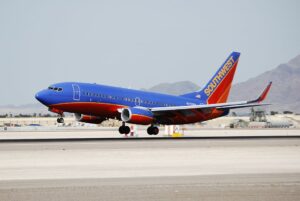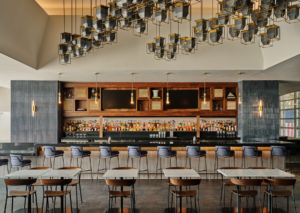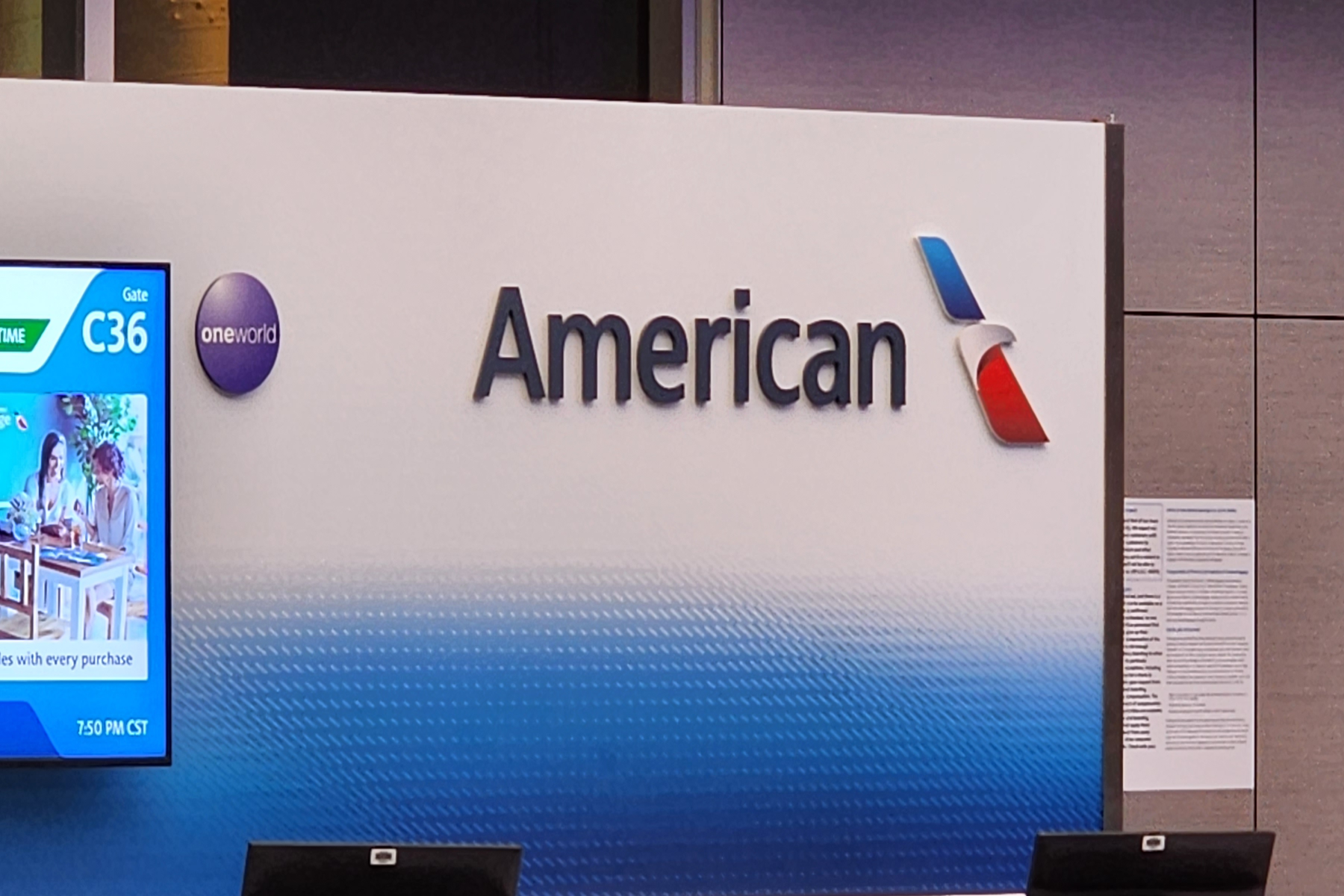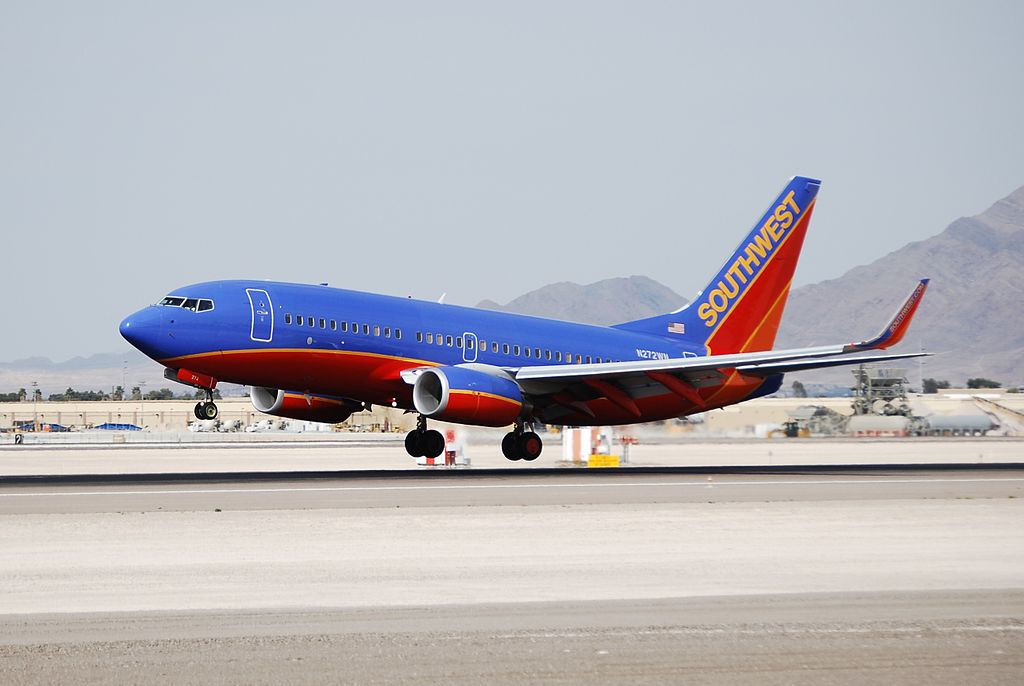This Is What You Should Be Eating on an Airplane

Something happens when you’re cruising above 30,000 feet in a pressurized cabin—not just to your taste buds, but also to your gut. If you’ve found yourself wondering why in-flight meals just hit different, it’s easily explained by science.
According to Turkish Airlines, who dedicated an entire section of their website to in-flight digestion, “Air pressure in the cabin is lower than at sea level. As cabin pressure falls while flying, gas starts to expand. As a result, you may feel pressure in your stomach or digestive system.” In layman’s terms: air travel makes you very gassy, but in-flight meals generally exacerbate this. Why? Let’s, once again, hit the science books.
At about 30,000 feet, our taste buds and sense of smell take a major hit. A 2010 study commissioned by Lufthansa found that the low pressure and dryness mid-flight diminishes our sensitivity to salty and sweet foods by around 30%. To compensate, airlines need to load up in-flight meals with extra salt and spices, but too much salt causes water retention. Water retention causes bloating, which makes it more difficult for your body to release gas (which, by the way, is already basically hulking out in your digestive system if you’re in the air).
Fortunately, there are a ton of foods that ease the annoying, uncomfortable symptoms of air travel.
Reach for Lean Protein
Straight up: fatty foods make you tired and groggy, which is already an annoying symptom of travel in general. Instead of chowing down on a burger and fries at the airport—which is, honestly, one of life’s simplest pleasures—fight the urge and opt for lean protein. It might be boring, but it will give you energy, keep you full, and be easy on your digestive system.
Great travel-friendly sources of lean protein include roasted edamame, unsalted nuts, turkey breast, and boneless, skinless chicken. This kind of stuff is easily tucked away in a backpack, so you don’t have to rely on a super salty in-flight meal.
Potassium Helps Kick Airplane Bloat
Potassium helps prevent sodium-related water retention, and thus, that dreaded airplane bloat. For this reason, you might want to reach for a banana, which is conveniently travel-sized by design. Other potassium-rich foods include cantaloupe and honeydew (which are easily found in most pre-prepared fruit salads), dried apricots (which you can probably also snag from an airport snack kiosk), sweet potato, and avocado.
Eggs and Fish Won’t Make You Friends, But They’ve Got Big Benefits
Listen, you’re not going to make any friends chowing down on a hard-boiled egg or a can of tuna during your flight. Those foods stink, but in your defense, everyone’s sense of smell is already dulled at that altitude anyway. In truth, eggs and fish are two of the best foods you can eat while you’re flying.
First of all, hard-boiled eggs and peel-and-eat containers of lean fish like tuna or salmon are very portable. These foods are also great sources of lean protein which keeps you full and energized. In addition, egg yolks and the healthy fats found in fish will help fight skin dehydration, which is all but inevitable since airplanes are statistically dryer than most deserts. Tuna even helps reduce inflammation. Just get ready to shake off the dirty looks before you snack.
Snack On Anti-Inflammatory Foods
If you’re the type of person who takes off their shoes mid-flight and can’t manage to put them back on once you land, first: shame on you if you’re not wearing socks (this topic has been hotly debated on the forums, and the general consensus is gross). Second, you should probably snack on anti-inflammatory foods.
Unfortunately, the foods we generally encounter at the airport and during our flight — like fried foods, soda, red meat and processed foods — actually cause inflammation. Instead, pack some small servings of tomatoes, unsalted nuts, leafy green vegetables like spinach and kale, fruits like strawberries and blueberries, and fish like tuna and salmon. Many anti-inflammatory foods also contain a ton of antioxidants which will give your immune system a much-needed boost. Do you even know how many germs are on those tray tables?
Don’t Underestimate The Power Of Almond Butter
We already know that nuts like almonds are a great source of protein to keep you full and alert during your flight, but they’re also a great source of magnesium. Magnesium-rich foods are the perfect air travel companion because they help promote sleep and reduce levels of the stress hormone cortisol—all crucial things for a red-eye flight. Magnesium also relaxes muscles in your digestive tract, which improves digestion and helps beat airplane bloat.
If you want to take your almond butter one step further, RX sells single-serving packets of almond butter that are fortified with egg whites (the perfect lean-protein for a flight) and dates (which are loaded with disease-fighting antioxidants).
Bring Your Own Herbal Tea
Herbal tea is a great flying companion because it can help counteract a lot of air travel’s yuckier effects on your body and it’s totally portable. Peppermint tea aids in digestion, ginger tea helps ease motion sickness, chamomile tea helps calm your nerves, and green tea can help boost your immune system, which might already be weakened from the stress of flying. It also encourages you to drink water, and flying is very dehydrating.
Pack tea bags in your carry-on luggage, just know that you might have to throw out any unused bags at customs. It depends on the countries import regulations. Australia is notoriously tough.
Order The Vegetarian Meal
It takes a whole lot of willpower to not eat an in-flight meal that you’re already paying for. It’s also a total waste. If your meal is included with your ticket, order a vegetarian or vegan meal in advance. In-flight vegetarian meals are typically lighter and more nutritious than the regular options. Plus, people with dietary restrictions are usually served first which means you won’t have to wait an hour during meal service if you’re in that unlucky row of seats that gets served last.
What To Avoid
Fried food is not your friend. In order to thwart bloating, you’ll want to completely avoid foods that notoriously make people gassy. This includes salty and sugary snacks, heavy carbohydrates, fried foods, dairy and carbonated beverages. Basically, everything that makes life worth living. Don’t worry, though, you’ll be free to indulge once you’ve reached your destination. Cheese always tastes better while on vacation anyway.
It should be noted that even some healthy foods are best left for post-flight because they notoriously cause gas. Things like broccoli, cauliflower, onions, cabbage, beans, and lentils can exacerbate your bloating. Remember: airplanes have actually made emergency landings because of smelly flatulence. Nobody wants to be that guy.
[Image: AINI SYAHIZA/Shutterstock]

























Nah, thank you. I continue to eat what I like on my flights and that is certainly not going to be boring, bland and green Edamame beans.